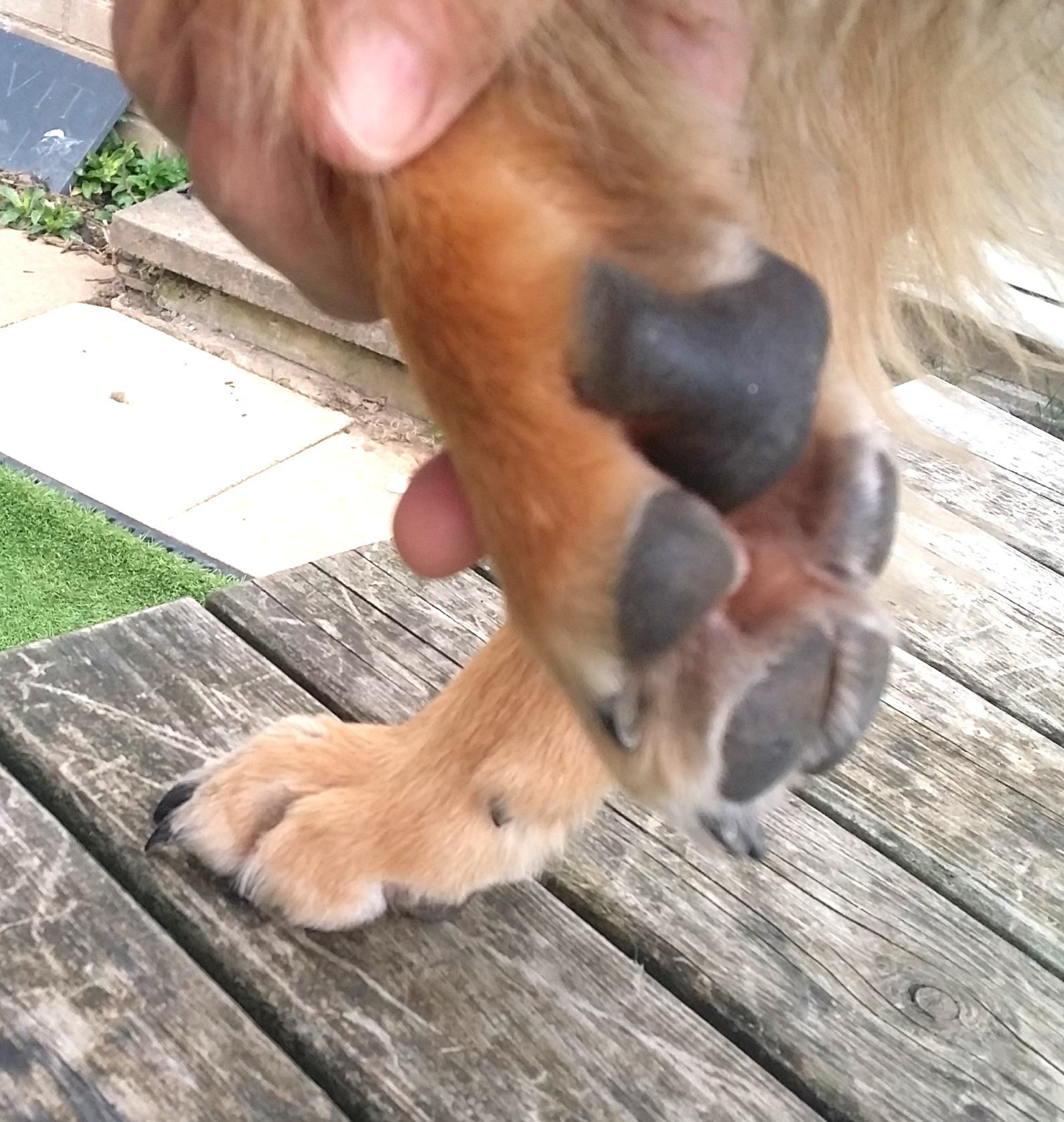This article first appeared on 2houndsdesign.com and is reprinted here with permission.
Holding hands is our way of showing affection to our loved ones. Our hands should always build trust - you never want to see a child or a pet flinching away from a hand!
I’d like to show you a quick and easy way to instil confidence in your dog - while getting her to fit in with what you want.
It’s the Hand-touch.
And you can use it to ask your dog’s permission to handle her, to put on her harness, to fall in beside you when you’re walking, to teach her tricks, to bring you the thing she’s carrying - once you have the hand-touch in your toolbox you’ll find ever more uses for it!
How to teach it? Oh, so easy!
More commonsense tips to be found in this free 8-lesson email course to get you started with your dog
THIS FREE ECOURSE IS A BONUS FOR YOU WHEN YOU SIGN UP TO RECEIVE EDUCATIONAL EMAILS AND OCCASIONAL OFFERS FROM ME. YOU CAN UNSUBSCRIBE AT ANY TIME.
Privacy Policy
Privacy Policy
◆ Have a supply of small but tasty treats. Cheese or hot dog are always popular, just pea-sized pieces.
◆ Place a treat in the palm of your hand and hold it out to your dog at her nose-level to eat.
◆ Repeat a few times till she’s keen to engage in this hand-feeding game.
◆ Now, with the same rhythm you’ve just built up over several repetitions, offer her your hand without a treat in.
◆ She’ll smoosh her nose into your hand, look surprised to find nothing, then you instantly give her the treat with your other hand.
◆ No need to say anything much, except the odd “good girl,” or “Yay!”
◆ Repeat several times, till she’s pressing her nose to the palm of your hand, and even holding it there for a moment, before you give the treat.
◆ Keep this light, quick, and FUN!
◆ Once you’ve done a few sessions to consolidate the learning, you can move your hand slowly as your dog touches her nose to it - now you can have her follow your hand!
So how could you use this new hand-touch?
✓ Putting on her harness: Loop your harness over your wrist, offer your hand, and while she’s touching your palm you can drop the harness over her head.
✓ Re-direct her attention: Have her follow your hand to get through a narrow gap without tripping you over, or to guide her away from a clamouring child or a glaring dog when you’re out.
✓ Make contact for reassurance: like sports teamies do, whether they’ve won or lost the point.
✓ Body-care: Ask for a hand-touch to give you permission to start grooming your dog, or checking her feet. If she doesn’t want it done, she’ll turn away from your hand. Time for you to find out how to make grooming more of a two-way thing, and comfortable!
✓ Follow your hand: Teach the Stand and the Down - just by getting your dog to follow your hand with her nose.
Now, what can you come up with? Post your ideas in the comments below!
More commonsense tips to be found in this free 8-lesson email course to get you started with your dog
THIS FREE ECOURSE IS A BONUS FOR YOU WHEN YOU SIGN UP TO RECEIVE EDUCATIONAL EMAILS AND OCCASIONAL OFFERS FROM ME. YOU CAN UNSUBSCRIBE AT ANY TIME.
Privacy Policy
Privacy Policy







